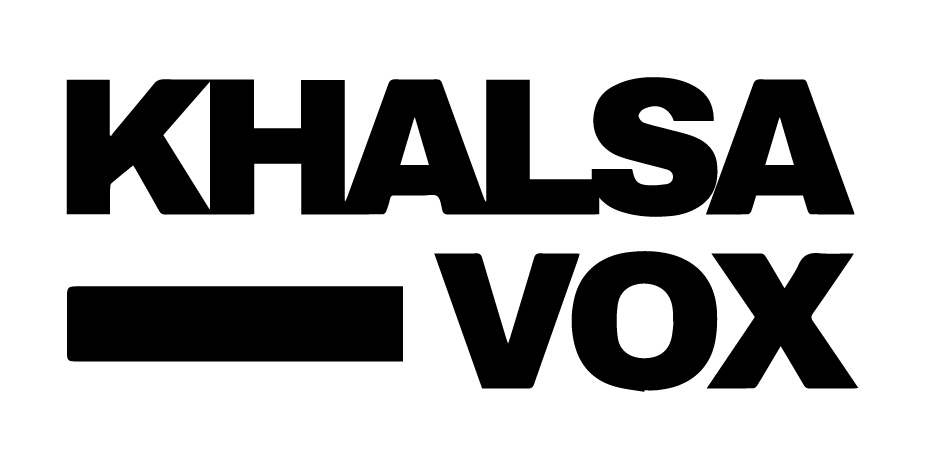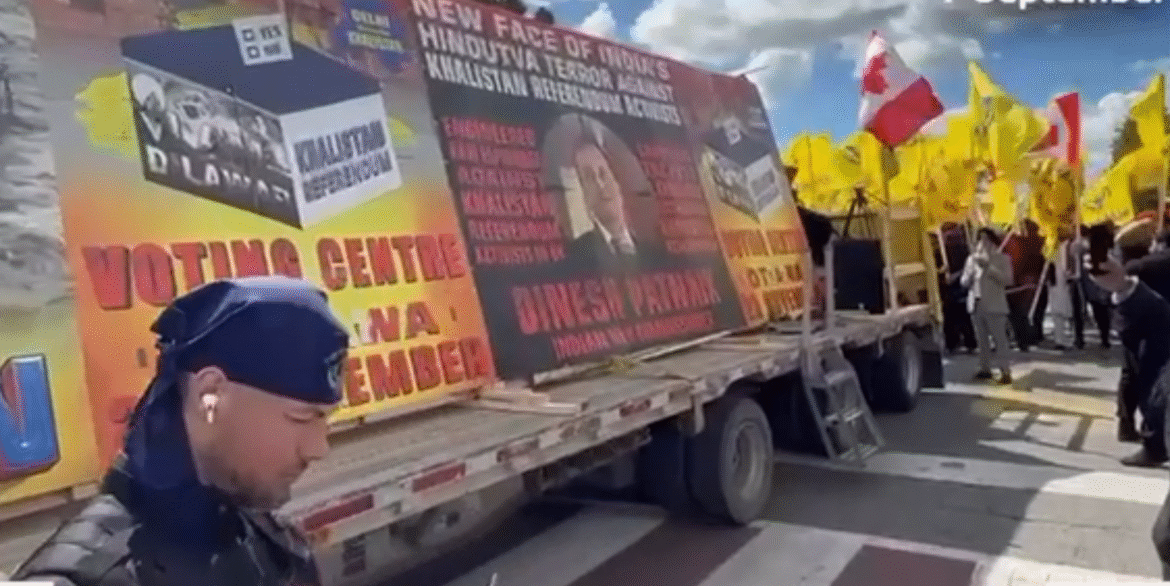AI Generated Summary
- When posters at a public parade depict a sitting high commissioner as a target, and the authorities fail to act, it is not merely a lapse in law enforcement—it is a diplomatic breach.
- In the past weeks, videos have circulated widely on social media showing a Canadian trucker driving around with a poster of “Human Bomb Dilawar Singh,” the suicide bomber who assassinated Punjab Chief Minister Beant Singh in 1995, killing 17 others.
- Despite this, the subsequent decades have seen the persistence of extremist narratives, often wrapped in the language of human rights and self-determination, but sustained by selective historical memory and the whitewashing of violent acts.
The recent spate of Khalistan-linked displays in Ontario underscores the urgent need for Canada to rethink where it draws the line between free speech and public safety.
When Expression Becomes Incitement
In the past weeks, videos have circulated widely on social media showing a Canadian trucker driving around with a poster of “Human Bomb Dilawar Singh,” the suicide bomber who assassinated Punjab Chief Minister Beant Singh in 1995, killing 17 others. Singh is not depicted as a terrorist, but as a martyr. The caption proudly proclaims his identity. This is not political commentary—it is the glorification of terrorism.
At the Khalsa Nagar Kirtan in Malton, Ontario, organized under the banner of the separatist group Sikhs for Justice (SFJ), posters targeted Indian High Commissioner Dinesh Patnaik with violent imagery and rhetoric. SFJ, banned in India for its extremist activities, has long used Canada as a staging ground for propaganda campaigns, referendums, and intimidation of Indian officials.
When imagery and rhetoric cross into glorifying murderers or directly threatening individuals, they cease to be mere political speech. They become incitement—a category that Canada’s legal system, like many democracies, has provisions to address. Yet enforcement appears hesitant, inconsistent, or politically compromised.
A Pattern of Impunity
Canada’s permissiveness toward Khalistani activism is not new. For decades, gurdwaras, community organizations, and diaspora activists have served as both cultural lifelines and political arenas. While the vast majority of Canadian Sikhs reject violence, a small but vocal fringe continues to promote a separatist agenda that includes lionizing those who killed in the name of Khalistan.
The most infamous consequence of such extremism was the 1985 Air India Flight 182 bombing—the deadliest terrorist attack in Canadian history, killing 329 people. Despite this, the subsequent decades have seen the persistence of extremist narratives, often wrapped in the language of human rights and self-determination, but sustained by selective historical memory and the whitewashing of violent acts.
Political leaders, wary of alienating influential diaspora blocs, have often looked the other way. Public displays like the Dilawar Singh poster or the violent SFJ imagery are tolerated under the broad umbrella of expression, even though they would be unthinkable if the ideology involved were Islamist extremism, white supremacy, or neo-Nazism.
The Diplomatic Fallout
India has repeatedly raised concerns with Ottawa about pro-Khalistan activities in Canada, especially when they involve direct threats to Indian diplomats. The Vienna Convention on Diplomatic Relations obligates host countries to protect foreign envoys from any attack on their person, freedom, or dignity. When posters at a public parade depict a sitting high commissioner as a target, and the authorities fail to act, it is not merely a lapse in law enforcement—it is a diplomatic breach.
Canada rightly prides itself on protecting minority rights and allowing political dissent. But those freedoms are not absolute. The Criminal Code already prohibits the promotion of terrorism, hate speech, and threats of violence. The challenge is not the absence of laws—it is the will to apply them consistently, without fear or favor.
Authorities must make clear that celebrating terrorists or targeting diplomats with violent imagery is beyond the pale. Law enforcement should investigate such incidents as potential violations, not shrug them off as “community matters.” Politicians must resist the temptation to pander to fringe voices at the expense of public safety and Canada’s international reputation.
A Call to Action
The continued public celebration of individuals like Dilawar Singh normalizes the idea that political violence is a legitimate tool. The public targeting of diplomats undermines Canada’s obligations under international law. And the inaction of Canadian authorities risks signaling to extremist groups worldwide that Canada is a permissive environment for their agendas.
Canada does not need to criminalize political advocacy for Khalistan. But it must draw—and enforce—a clear boundary where such advocacy becomes the glorification of terrorism or the intimidation of individuals. Failure to do so will not only embolden extremists in Canada but will also weaken the country’s moral authority to speak on issues of human rights and rule of law abroad.
The choice is not between free speech and public safety—it is about ensuring both. Canada can, and must, protect the right to peaceful advocacy while decisively confronting those who would use its freedoms to promote hate and violence. The events in Malton and the glorification of suicide bombers are a test of that resolve.




